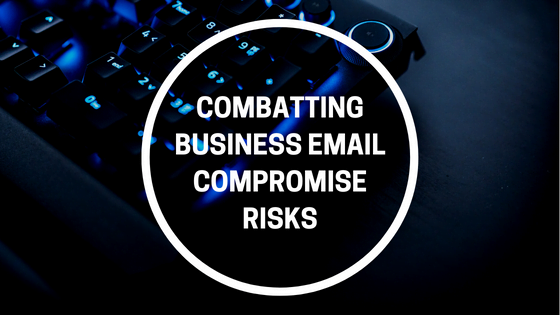As we move further into 2024, the landscape of cybersecurity threats continues to evolve, presenting new challenges for businesses and individuals alike. Staying ahead of these threats requires a proactive approach and the implementation of robust security measures. Here are five effective strategies to combat cybersecurity threats in 2024.
1. Implement Zero Trust Architecture
What is Zero Trust Architecture?
Zero Trust Architecture is a security model that operates on the principle of “never trust, always verify.” This approach assumes that threats could be both outside and inside the network, and therefore, every access request must be verified and authenticated.
Benefits
- Enhanced Security: By continuously verifying user identities and access requests, Zero Trust minimizes the risk of unauthorized access.
- Reduced Attack Surface: Limits lateral movement within the network, making it harder for attackers to escalate privileges or access sensitive data.
How to Implement
- Micro-Segmentation: Divide the network into smaller segments, each with its own security controls.
- Continuous Monitoring: Implement real-time monitoring and analytics to detect and respond to anomalies.
- Strong Authentication: Use multi-factor authentication (MFA) and identity verification for all users and devices.
Sources
2. Strengthen Multi-Factor Authentication (MFA)
What is MFA?
Multi-Factor Authentication (MFA) requires users to provide multiple forms of identification before accessing systems, typically a combination of something they know (password), something they have (smartphone), and something they are (biometrics).
Benefits
- Improved Security: MFA significantly reduces the risk of unauthorized access, even if passwords are compromised.
- Compliance: Helps meet regulatory requirements for data protection.
How to Implement
- Layered Authentication: Use a combination of passwords, biometric scans, and security tokens.
- Regular Updates: Ensure that authentication methods are up-to-date and incorporate the latest security technologies.
Sources
3. Regular Security Awareness Training
What is Security Awareness Training?
Security awareness training educates employees about the latest cyber threats and how to recognize and respond to them. It covers topics such as phishing, social engineering, and safe internet practices.
Benefits
- Informed Workforce: An educated workforce is less likely to fall victim to cyber attacks.
- Reduced Risk: Regular training helps in identifying and mitigating potential threats early.
How to Implement
- Interactive Sessions: Use engaging and interactive training modules.
- Frequent Updates: Regularly update training content to reflect the latest threats and best practices.
- Simulated Attacks: Conduct phishing simulations to test and reinforce employee knowledge.
Sources
4. Deploy Advanced Threat Detection Systems
What are Advanced Threat Detection Systems?
These systems use artificial intelligence (AI) and machine learning to analyze patterns and detect anomalies in real-time, providing early warnings of potential cyber threats.
Benefits
- Real-Time Detection: Identify and respond to threats as they occur.
- Predictive Analytics: Use AI to predict and prevent future attacks based on historical data.
How to Implement
- AI Integration: Incorporate AI and machine learning into your cybersecurity infrastructure.
- Automated Response: Implement automated systems to respond to detected threats immediately.
- Continuous Improvement: Regularly update and refine threat detection algorithms.
Sources
5. Adopt Comprehensive Endpoint Security Solutions
What is Endpoint Security?
Endpoint security involves protecting devices such as laptops, smartphones, and tablets that connect to the network. This includes antivirus, anti-malware, and encryption tools.
Benefits
- Comprehensive Protection: Protects all access points to the network, ensuring that endpoints are secure.
- Data Integrity: Prevents data breaches and ensures that data remains confidential and intact.
How to Implement
- Unified Endpoint Management (UEM): Use UEM solutions to manage and secure all endpoints.
- Regular Updates: Ensure that all endpoint security software is up-to-date with the latest patches and definitions.
- Encryption: Encrypt data on all devices to protect against theft and unauthorized access.
Sources
Conclusion
In 2024, combating cybersecurity threats requires a multi-faceted approach that includes Zero Trust Architecture, Multi-Factor Authentication, regular security training, advanced threat detection, and comprehensive endpoint security. By implementing these strategies, businesses can significantly enhance their security posture and protect against evolving cyber threats.
For more information on how to enhance your cybersecurity measures, consult with leading experts and stay updated on the latest trends and best practices.




